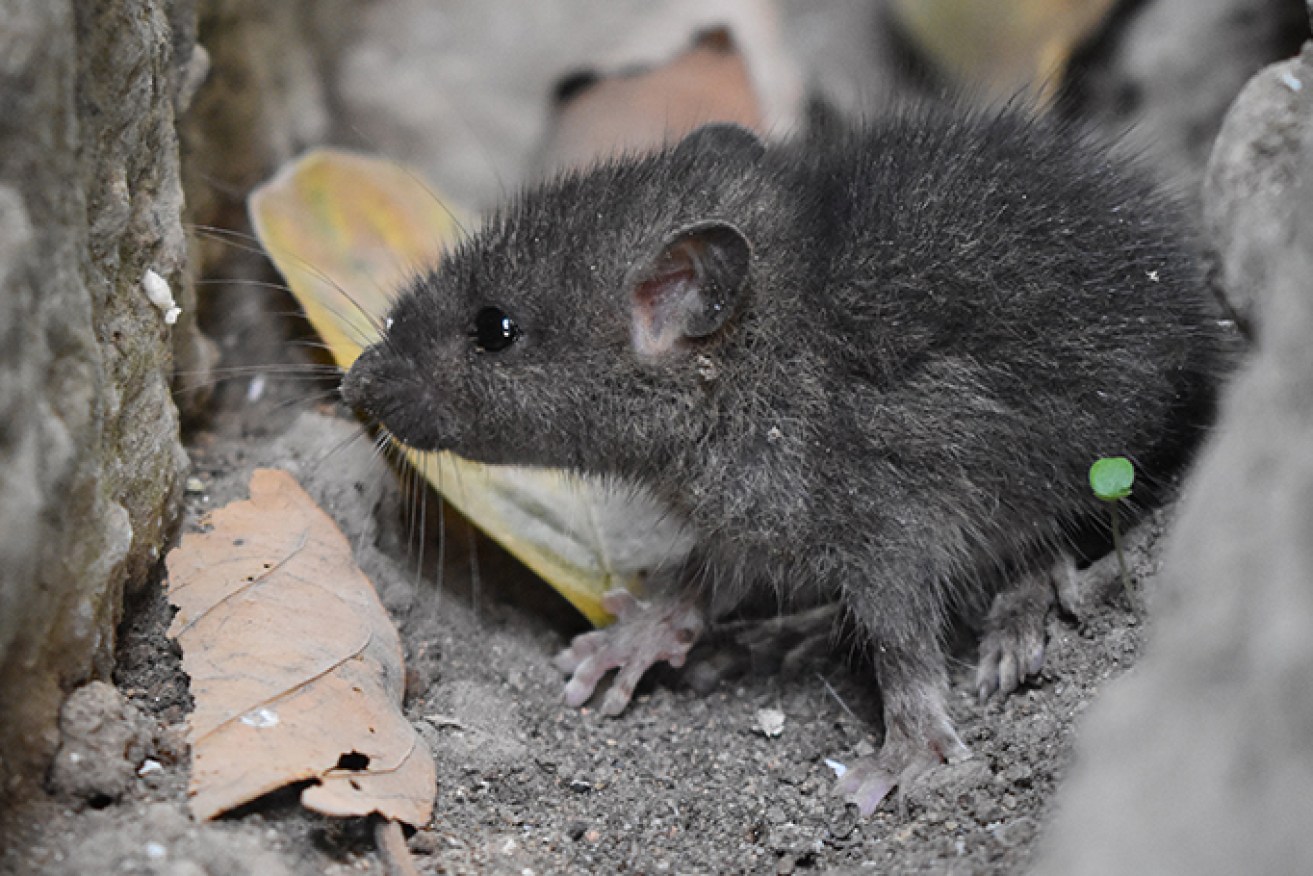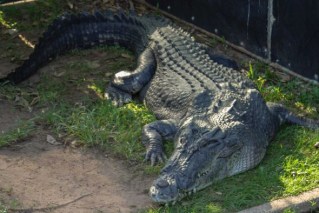We’ve had droughts, fires and floods, now here comes the mouse plague
Mouse numbers across Queensland cropping regions are on the rise, with attempts at controlling numbers coming too little, too late.


(Unsplash: @yunu_dinata)
Farm boss Brendan Taylor is warning some farmers will soon be running up the white flag of surrender against a mouse plague of “catastrophic” proportions.
The AgForce Grains president said rodent numbers had been on the march since December, when his organisation first alerted its grain grower members to the looming disaster.
Since then, he said, mice had also appeared in pasture zones, impacting regions across the Darling Downs, South Burnett and parts of Central Queensland.
Taylor told InQueensland the growing numbers had come at the worst possible time for farmers, who were trying to take advantage of solid market conditions for summer crops such as sorghum and mung beans off the back of better seasonal rainfall in some districts.
He said if growers had not set mice baits before the start of planting, it could be too late to keep numbers in check during the Queensland summer crop window until harvest in April-May.
“The best time to set baits is when mice have limited food choices in the paddock,” he said.
“They are very good at stripping the planted seed out of the soil or eating the emerging heads of the crop at flowering before seed set.
“If they get into crops now, and do enough damage, farmers could be looking at a re-plant or a failed crop.”
Taylor said the inaction fighting the threat could be due to farmers being unaware of the problem’s extent.
He said AgForce had urged growers to take action in December after CSIRO researcher Steve Henry estimated 100 to 200 active burrows per hectare at some locations.
“Those numbers, while not exceedingly high, were already cause for concern because of the extent of the damage mice can inflict on crops in a relatively short period of time,” he said.
“But it seems few growers took notice because mice populations are continuing to multiply, and at a time when many are just getting back on their feet after drought.
“Several weeks later and we now need real, strong, immediate action before this situation gets out of hand.
“If growers don’t take steps – laying down baits, conducting visual inspections – we could end up with something approaching catastrophic.”
Henry said the rise in mouse numbers in paddocks throughout Queensland could lead to significant damage to freshly sown summer crops, jeopardising, for some, their best harvest in years.
“With planting of summer crops still underway and some growers preparing for the next winter crop, growers cannot afford to be complacent,” Henry said.
“The storms and showers we’ve had so far this summer, and the rain forecast still to come, provide the sort of conditions perfect for sustained breeding through into next autumn.
“It is critical that farmers monitor all of their cropping paddocks and be prepared to bait if mouse numbers are high.
“Rapidly increasing populations of mice can cause significant damage, not only to crops, but to infrastructure and expensive cropping machinery.”












